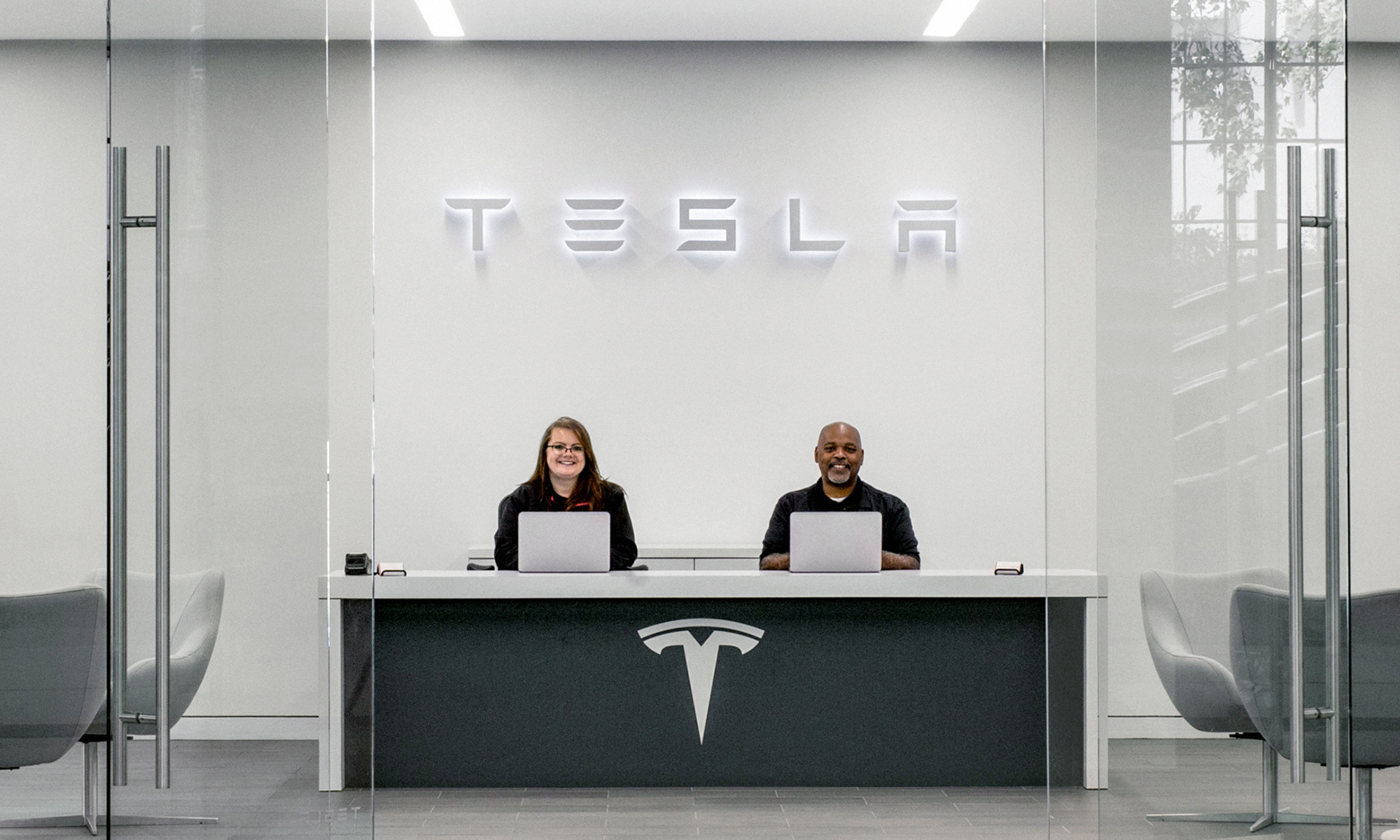Tesla (TSLA +3.81%) surprised investors earlier this month when the electric-car company announced it would raise capital -- just two weeks after management said it didn't make sense to do so. Apparently, a 30% increase in the company's stock price in the days following Tesla's better-than-expected fourth-quarter results changed management's mind.
On Wednesday, Tesla said in a filing with the Securities and Exchange Commission (SEC) that the company has concluded the offering successfully, with underwriters even exercising their option to purchase additional shares.

Image source: Tesla.
Tesla beefs up its balance sheet
The electric-car maker said earlier this month that it would raise capital through a common stock offering of 2.65 million shares, or up to 3.05 million shares if underwriters exercise options to buy additional shares. The stock offering aimed to raise between $2.01 billion and $2.31 billion net of fees.
Tesla ended up getting the maximum amount of capital it was hoping for. The stock offering closed on Wednesday, netting Tesla $2.31 billion after underwriting discounts, commissions, and expenses. Underwriters didn't hesitate to quickly buy an additional 397,500 shares even though they had 30 days from Feb. 13 to exercise their options.
When Tesla announced the offering on Feb. 13, the company said it planned to use net proceeds from the sale for general corporate purposes and to strengthen its balance sheet.
At the end of Q4, Tesla had $6.3 billion in cash. But the automaker also had over $10 billion of debt.
Better prepared for challenges ahead
In January, Tesla CEO Elon Musk had said in the company's fourth-quarter earnings call that Tesla is positioned to fund both its current operations and its expansion plans from its own cash from operations. But following a sharp run-up in Tesla's stock price, management jumped at the opportunity to access more capital without requiring as much dilution as would have been the case had the automaker raised money previously.
Having more capital on its balance sheet to pay off debt or to serve as a buffer helps mitigate execution risk in 2020 as the company spends money on a range of growth initiatives, including the ramp-up of Model 3 production in China, the launch and production ramp-up of Model Y, Tesla's Supercharger network, and product development. In addition, Tesla will likely invest in sales and service to support its growing fleet of vehicles.
While more cash on Tesla's balance sheet will help the company navigate challenges in 2020, investors should look for the electric-car company to demonstrate improved operating leverage in the coming years so that it can finally free itself from a dependency on raising capital through debt and equity.






